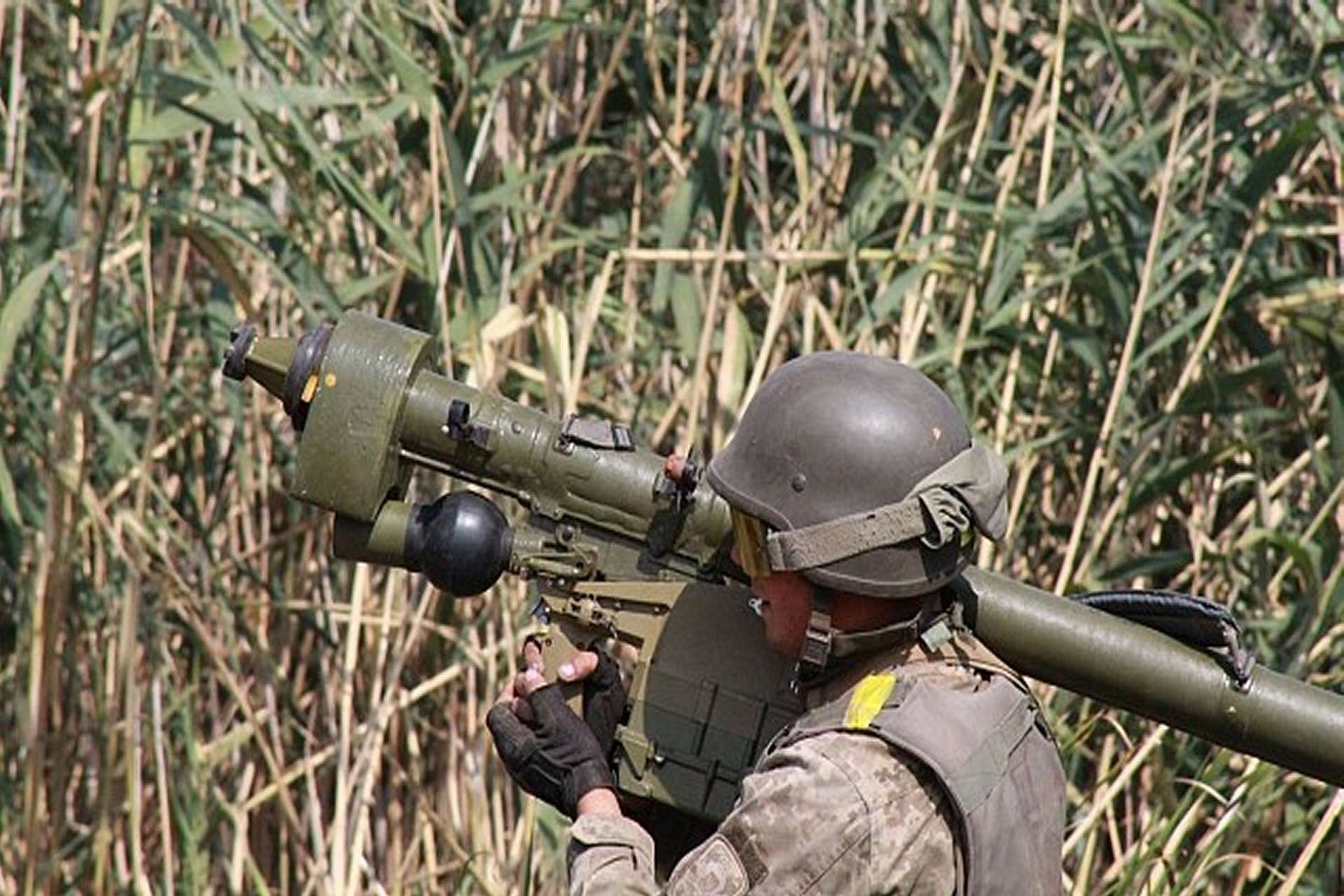Breaking News
India Develops New Man-Portable Air Defense Missile.
On July 26, 2024, India's Defence Research and Development Organisation (DRDO) announced the development of an advanced Man-Portable Air Defense missile. According to Defense Minister Sanjay Seth, this new system could match and even surpass the capabilities of the well-known American FIM-92 Stinger missile.
Follow Army Recognition on Google News at this link

KBM 9K310 Igla-1 Man-Portable Air-Defense System (Picture source: Ukraine MoD)
The missile, an adaptation of the Very Short Range Air Defence Missile System (VSHORADS), will benefit from technological advancements and subsystems developed for its larger counterpart. Currently, the VSHORADS is a 4th generation system requiring a tripod, while the Stinger is a 3rd generation system with a 4th generation variant in development.
The most promising feature of this new missile is its imaging infrared (IIR) guidance system, which provides an effective range of 6 km and the ability to precisely discriminate between targets and decoys. This advanced sensor technology enables more effective detection and tracking of targets, even under conditions of sophisticated countermeasures.
In terms of maneuverability, the Indian missile is equipped with aerodynamic surfaces and a reactive thrust vectoring system, allowing for complex and unpredictable movements. Additionally, it utilizes a dual-pulse engine that allows for thrust variation for optimal acceleration throughout its flight path.
Despite these advancements, the DRDO faces significant challenges, particularly in reducing the size and weight of the missile to facilitate shoulder launching. The current dimensions of the VSHORADS, 2 meters in length and a weight of 21 kg, require substantial lightening to make the system portable.
Overall, with its improvements in technology and capabilities, the new DRDO shoulder-fired missile could become a crucial element of India's air defense and a potentially lucrative export product, marking a significant advancement in modern warfare and defense.
The development of new shoulder-fired missile systems by India is a strategic response to fill gaps in air defense, particularly along the borders with China and Pakistan. This initiative is part of a broader project by the Indian government to modernize its military equipment and reduce reliance on foreign systems, notably by replacing older Russian Igla-1M systems.
The projects, collectively valued at over 6,800 crore rupees (approximately 840 million dollars), involve the development of Very Short Range Air Defence Systems (VSHORADS). These systems are being developed by the DRDO in collaboration with private sector partners, reflecting India's commitment to achieving self-sufficiency in defense technology. The development includes both a laser beam riding system and an infrared-guided VSHORADS. These efforts are considered crucial due to increased tensions and the heightened perception of aerial threats along sensitive border areas with China and Pakistan.


























